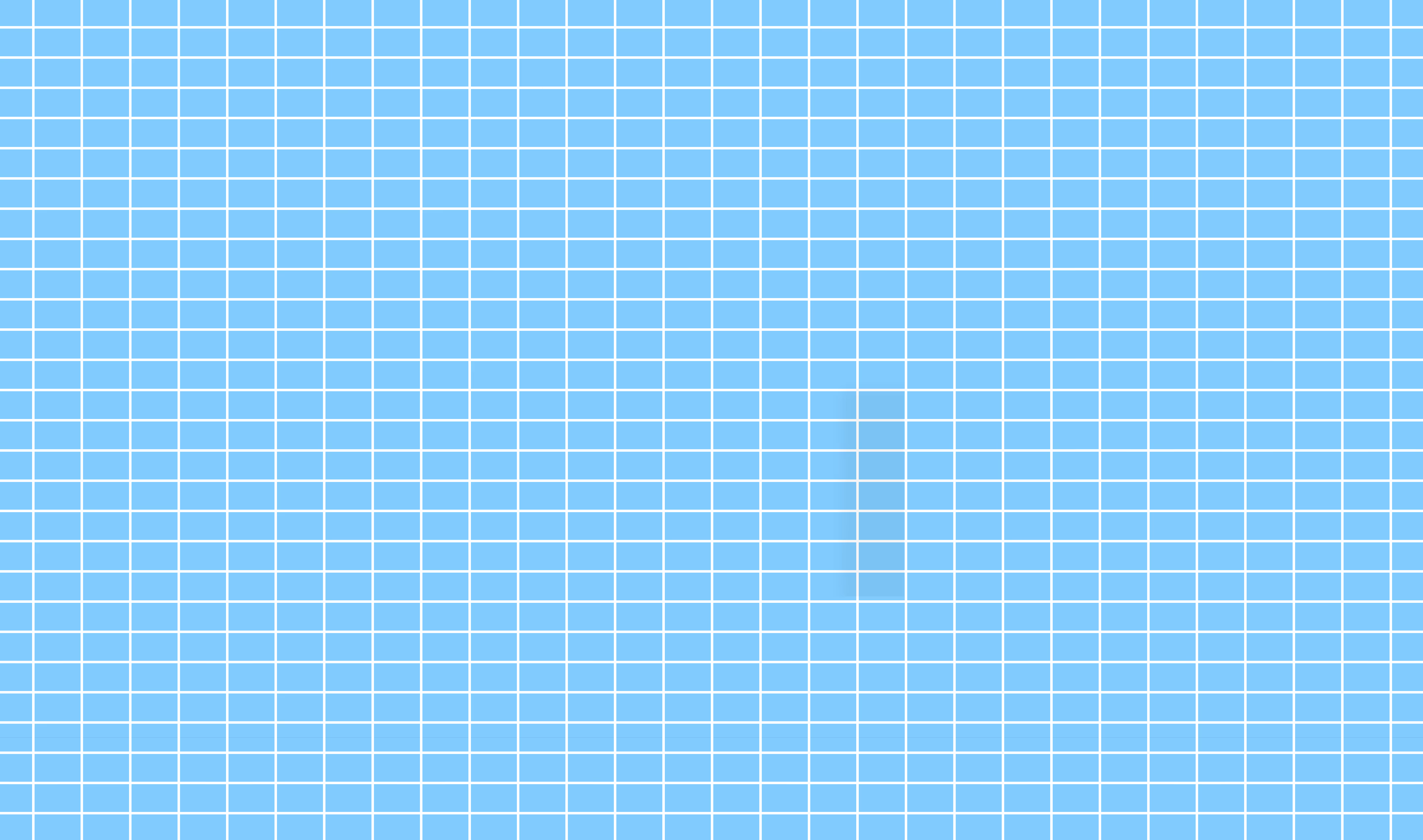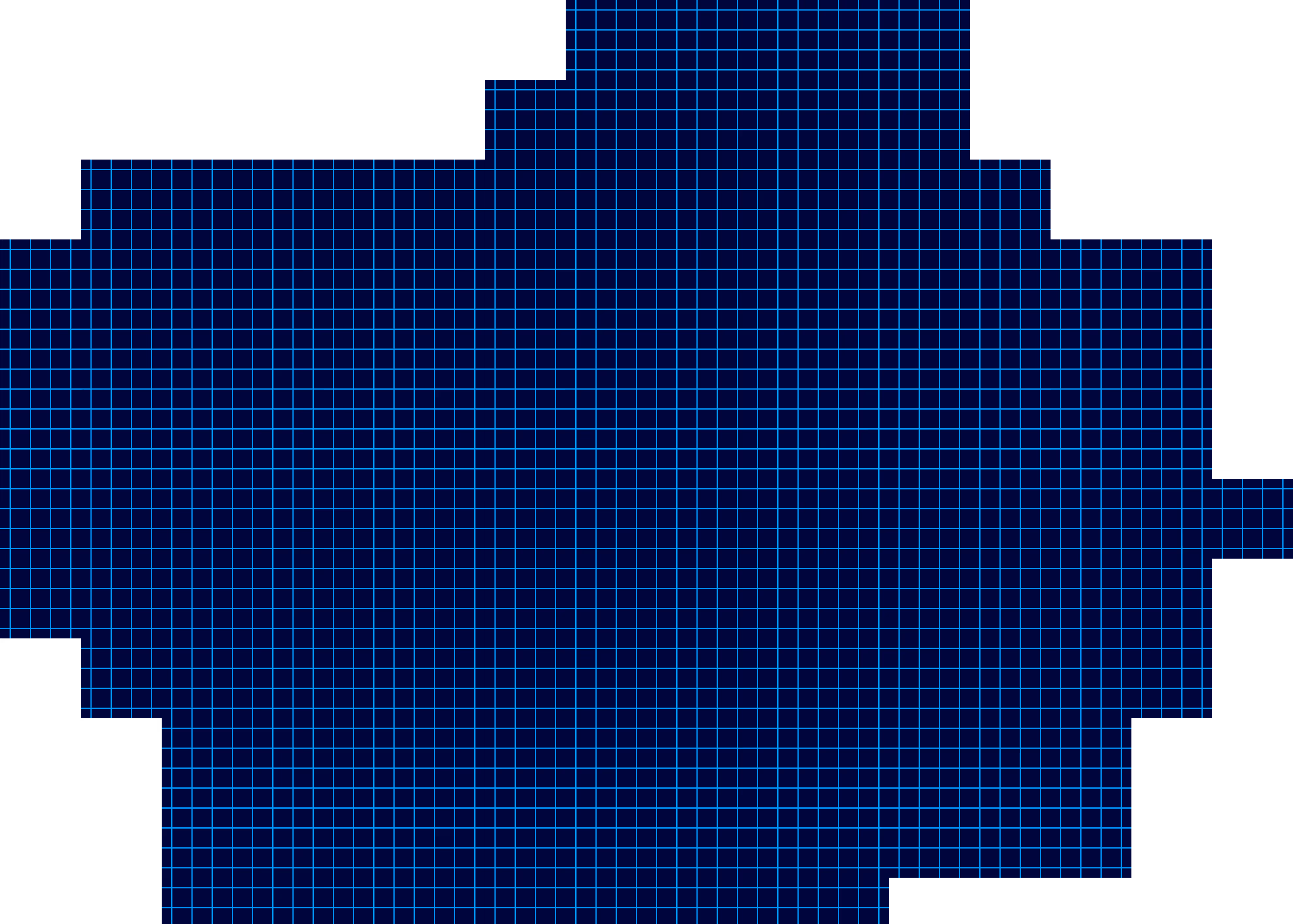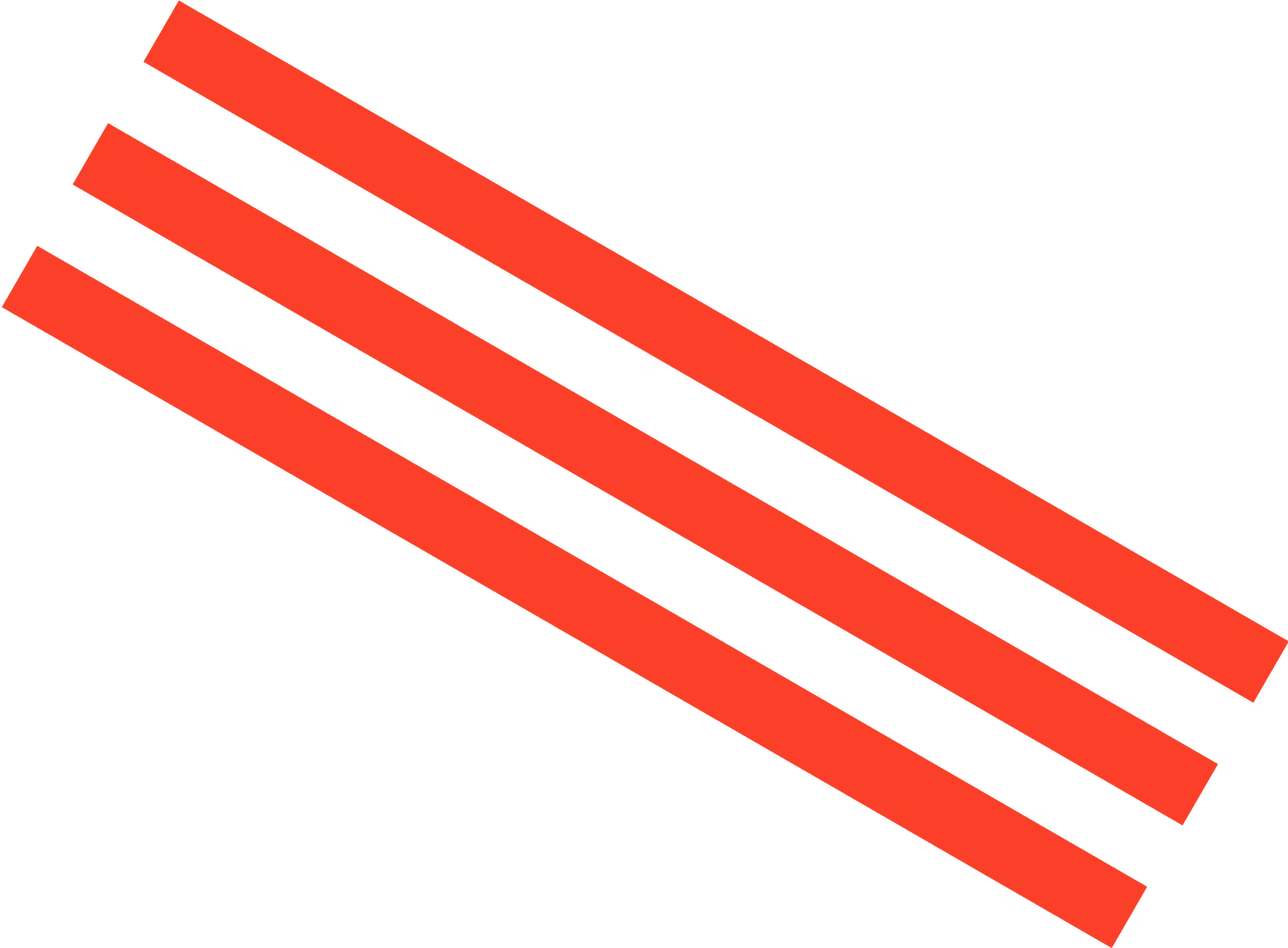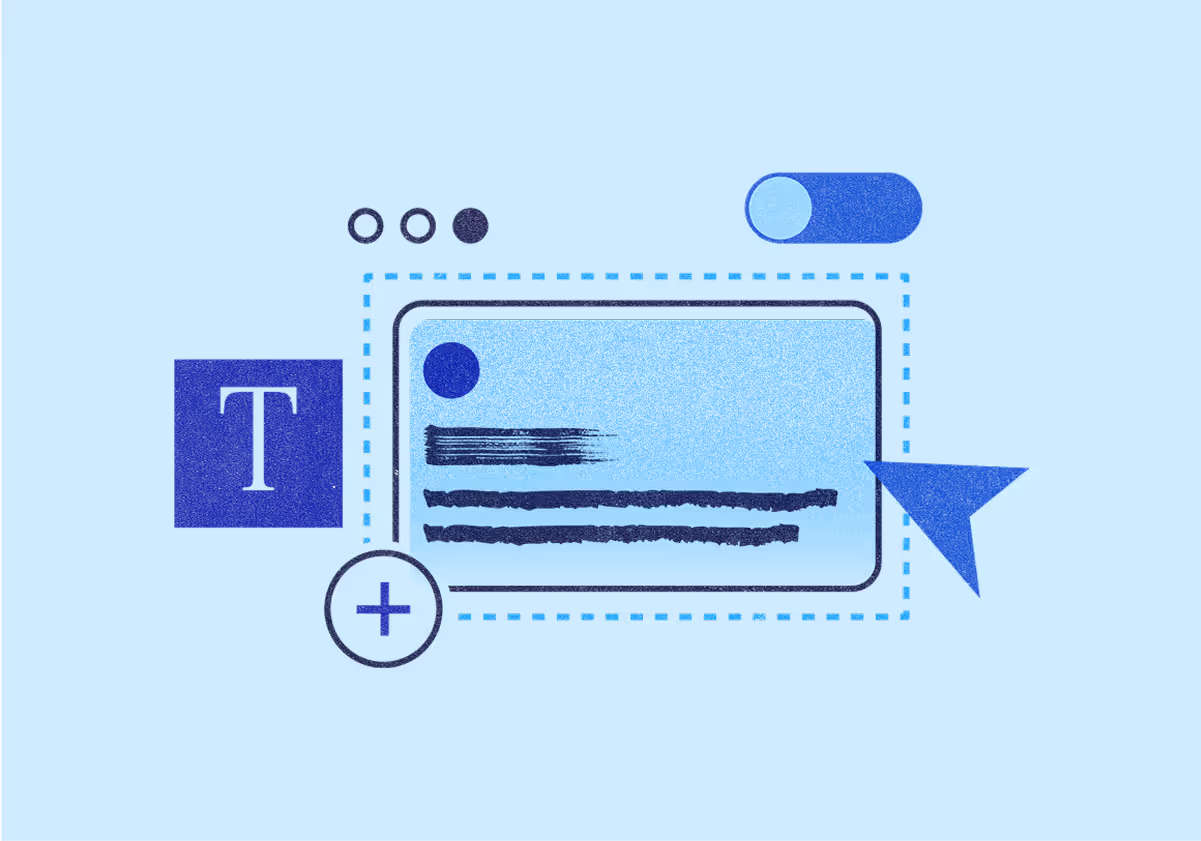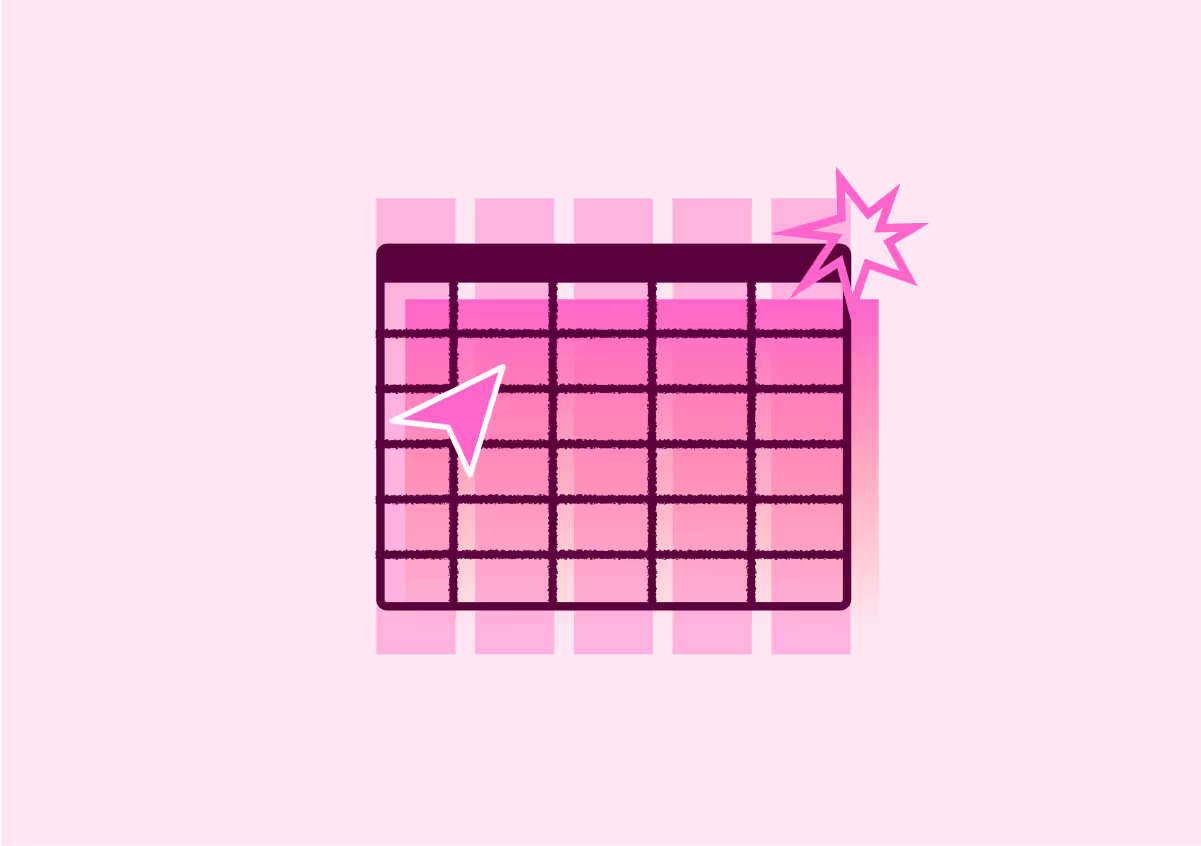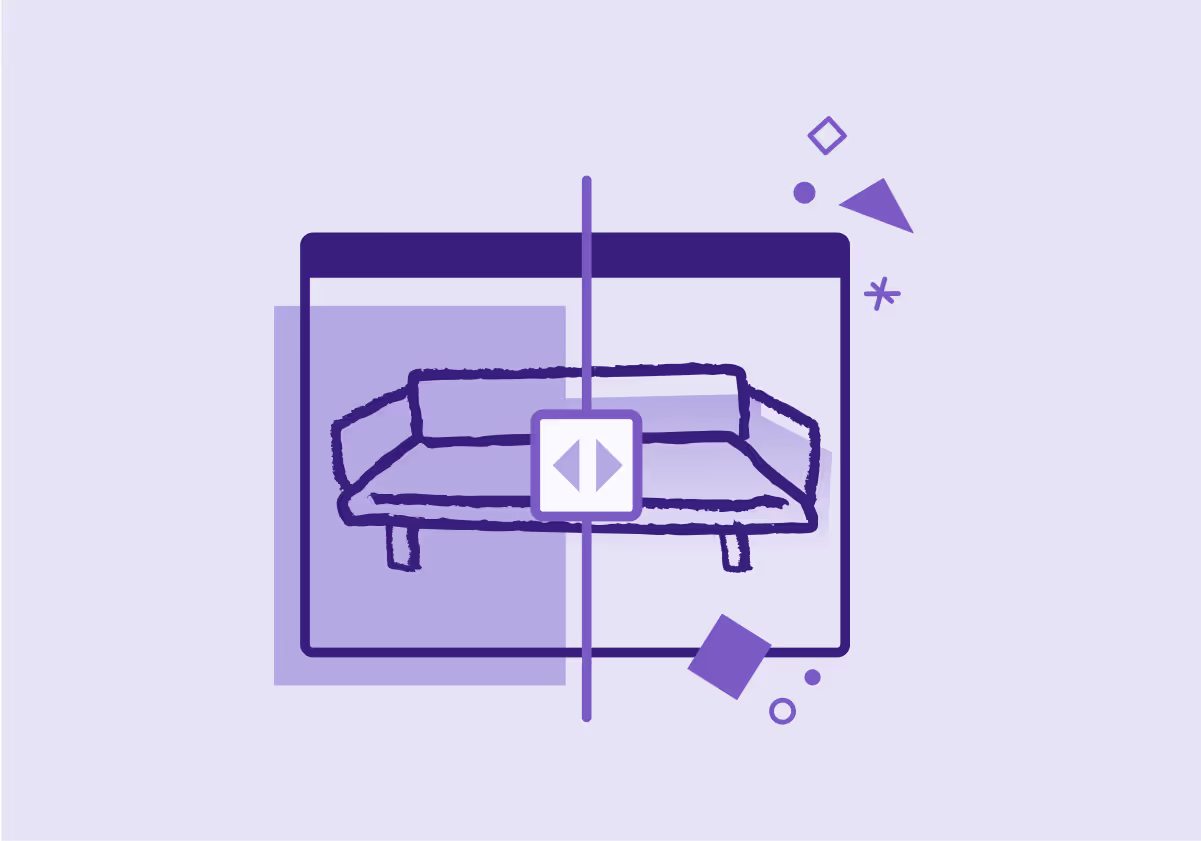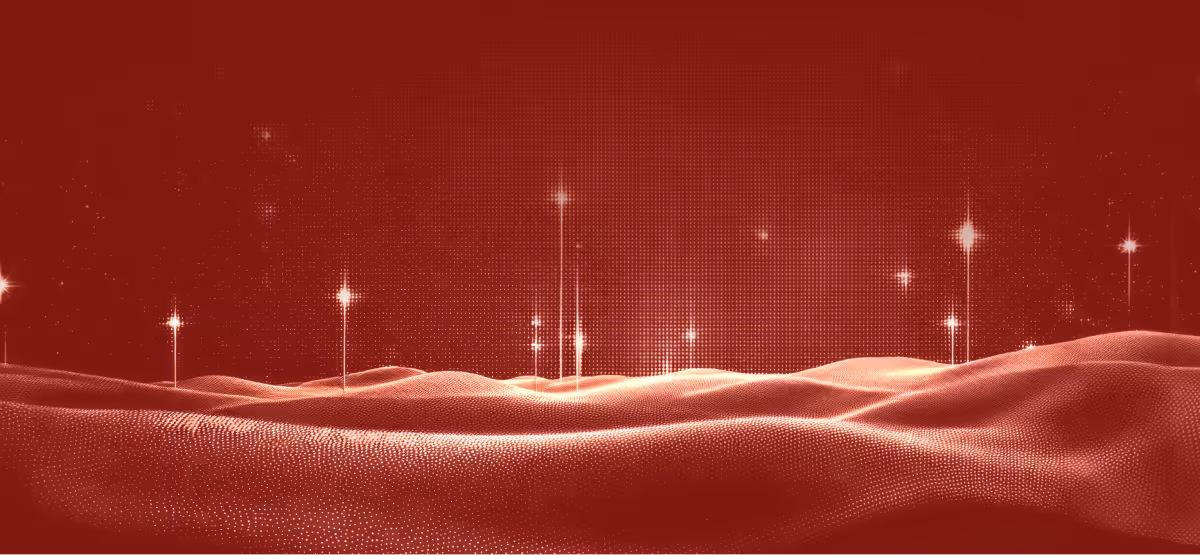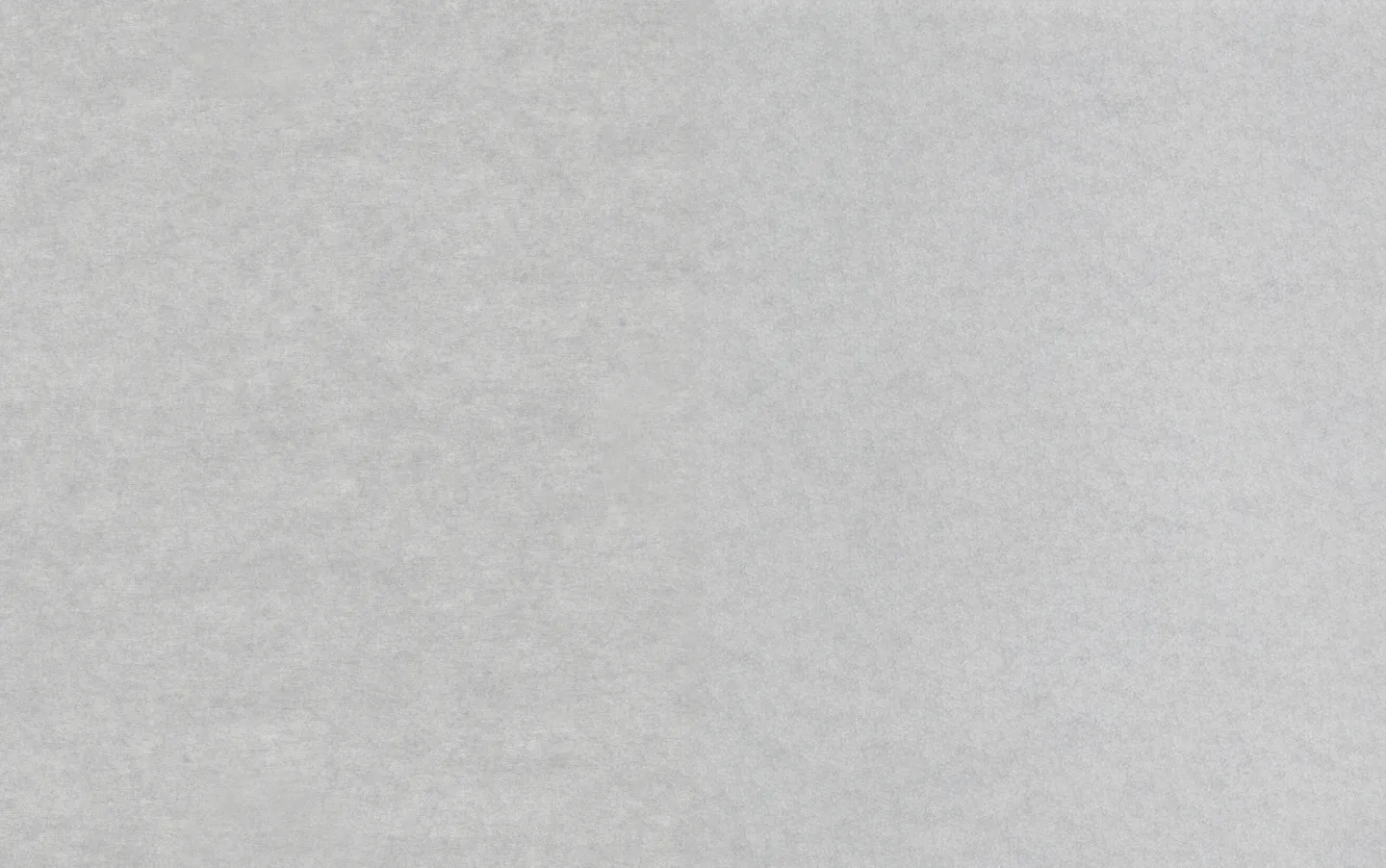Jasper Marketing
December 6, 2022
AI Art and You: The Perfect Combo for Content Marketing
Learn how AI is used to create art, whether AI art is really art, how AI art can benefit content marketers, and 12 AI art generators to try out.

Raise your hand if you’ve ever found yourself using the same stock photo (or a variation of it) over and over.
If your hand is up, you’re not alone. And we get it. Sometimes the perfect stock photo doesn’t exist, and you have to make do with the bare minimum (hello, goofy office workers all smiling awkwardly at the camera).
But that’s all changing, thanks to artificial intelligence (AI) and tools like Jasper's AI Image Suite. That’s right—artificial intelligence can make truly unique and customizable imagery in a snap. No need to keep plastering stock photo star Harold all over your website.
Here’s what you should know about AI art and how to get started creating your own.
Is AI art really art?
In 2022, the AI artwork “Théâtre D’opéra Spatial” won the digital art category of the Colorado State Fair’s annual art competition. Its blue ribbon award set off a tide of criticism about whether AI art is in fact art—and whether those creating it can call themselves artists.
Many members of the art community accused the artist, Jason M. Allen, of cheating, while Allen himself declared he didn’t break any rules.
“I’m not going to apologize for it,” Allen told The New York Times. “I won, and I didn’t break any rules.”
The ability of AI to create fantastical, surreal images with nothing more than a text prompt has some human artists on edge. Some claim that the way AI learns to generate art through machine learning is unethical—possibly even plagiarism. But when AI accumulates data sets to study and create art through the use of algorithms, is that any different from artists who do the same by studying other artists?
How is AI-generated art created?
To answer these questions and more, we first need to take a step back and consider some aspects of how AI art is created:
- Programmers write algorithms that help the AI identify specific aesthetics and styles.
- Some AI systems browse the internet for images and data, like image alt text. Others are provided a data set of images to learn from and emulate.
- Using the collected images and data, the AI begins to identify different visuals, textures, colors, and aesthetics.
Through machine learning, the AI uses all this information to create visuals based on a prompt given by a user. But how each AI system approaches image generation differs.
There are a few main types of AI that can create art:
Convolutional Neural Network (CNN)
This AI system looks for patterns and tries to enhance them. If you ever see AI art that looks almost psychedelic or like those Magic Eye 3D images where you try to find the hidden picture, it was likely created by a CNN.
Generative Adversarial Network (GAN)
This kind of AI uses two networks: a generator that tries to produce original visuals, and a discriminator that compares the created visuals to a database of images to decide if the generator actually produced original art or not.
This is where the name of this system comes from—the generator and discriminator are adversaries that try to outsmart each other.
Neural Style Transfer (NST)
This type of AI image generation applies a specific style to an image. For example, using Jasper’s AI art generator, you can ask it to create an image of a playground at a city park in the style of Leonardo da Vinci.

With this creation process in mind, some consider AI to be the medium with which the artist (in this case, the user) creates their artwork. The AI becomes like a palette and paintbrush, or like photo editing software, which require input from the artist to create a piece that inspires viewers.
Consider, for example, that creative director Karen X. Cheng, who in June 2022 created the world’s first AI-generated magazine cover for Cosmopolitan, used a very specific phrase to generate the cover. Here’s the prompt she gave the AI art generator, DALL•E 2: “A wide angle shot from below of a female astronaut with an athletic feminine body walking with swagger towards camera on Mars in an infinite universe, synthwave digital art.”
The phrase itself took over an hour for Cheng and her team to dream up, and the cover itself took another 24 hours to finalize. But as Sarah Oliphant, a backdrop painter for famous photographers like Annie Leibovitz, told Cosmo, “It’s what art evokes in the viewer that makes it valuable, not how long it took.”
The Cosmo team and OpenAI, creator of DALL•E 2, hope their AI-generated magazine cover will inspire more women to go into the fields of AI and machine learning.
In the end, AI art, just like traditional art, is a form of expression. What one person sees as inspiring may fall flat when viewed by another. And a beginner artist doesn’t always produce a satisfying creation on the first try. AI art is the same—not every input results in a visual the user considers stunning.
So is AI art really art? Our vote is yes.
How is AI changing art?
Amelia Winger-Bearskin, the Banks-endowed chair of AI and the Arts at the University of Florida, notes that generative art didn’t start with AI. It actually started in the early twentieth century, when Marcel Duchamp placed everyday objects (most famously, a urinal) in a gallery and called it art.
Winger-Bearskin argues that AI art furthers the conversation that began with Duchamp about whether the definition of art should be restricted or expanded: “What matters is the decisions the artist makes, how the public interacts with it, and what it means to the community and culture from which it springs,” she says. “A new art form will form new art. When has it been any different?”
Opening our definition of art to include AI-generated creations can surely only benefit us in terms of inspiration. After all, hasn’t art developed over the years when one person dared to try a new technique or recreate a unique subject?
AI art and creativity: Do they go hand in hand?
It might surprise you to learn that Cheng, who dreamed up the Cosmo cover, can’t draw.
In the past, she considered her visual art skills to be limited. But AI art generators like DALL•E 2 have opened the door for millions of people who don’t consider themselves artists but crave the freedom to create.
Even for those who consider themselves visual artists, AI can open new avenues of inspiration and provide new tools for tackling the creative process.
Many traditional artists use references for inspiration, such as photos of characters featured in their art or works by other artists whose style they admire. AI gives artists another pool of references to draw upon, and may even help break down creative blocks.
But can AI itself be creative? Probably not—at least not right now.
AI still has a lot to learn in terms of illustrating concepts. The Guardian noted that if you input “astronaut riding a horse” into an AI art generator, it returns an accurate set of images. But if you input “horse riding an astronaut,” the images look much the same.
This is a basic example, but one that shows AI has yet to grasp finer concepts and how they’re represented in images and language.
That’s why Ahmed Elgammal, Professor of Computer Science at Rutgers University, created the AI Creative Adversarial Network, or AICAN. The system AICAN uses to create art is made up of two opposing forces, similar to the GAN system other AI uses. But AICAN’s system is slightly different.
“On one end, it tries to learn the aesthetics of existing works of art,” Elgammal wrote in American Scientist. “On the other, it will be penalized if, when creating a work of its own, it too closely emulates an established style.”
Another notable difference when Elgammal’s team created AICAN’s algorithm was that they gave it 80,000 images that didn’t represent one specific art style or genre, but rather the development of Western art over five centuries. That’s almost like an artist learning to paint by attending an art history class.
We think AI will eventually learn to be more creative, but the most powerful combination will always be the creativity of humans paired with the imagery generated by AI.
Top use cases of AI art right now
For those of us looking to use AI art for more practical solutions, platforms like Jasper offer ways to create imagery that complements our creativity—whether that be for AI-powered marketing or other online endeavors.
Just last month, stock photo site Shutterstock announced a partnership with OpenAI and DALL•E 2, meaning AI-generated stock images will soon be available to download alongside stock photography.
As a living example of how AI art complements online content, consider the Ness Labs Toolbox mini-site. The entire site was created in collaboration with AI (including the copy), and took creator Anne-Laure Le Cunff two hours to create.
Imagine what new opportunities you could pursue if you only had to spend two hours crafting copy and selecting imagery for your content.
Of course, AI-generated imagery has a dark side too. Deepfakes are becoming almost impossible to spot compared to real imagery. And these have already been used to spread misinformation.
But the good far outweighs the bad with AI art—check out these exciting ways AI art is being used across multiple industries:
- Book cover illustrations
- Stock images
- Album covers
- Concept art for tabletop and video games
- Video game worlds and levels
- Animations
- Videography
- Art forgery detection
- Music
- Comic books
12 AI generators that create art
The list of AI image generators is vast and only growing larger. But here are 12 of the most popular:
- Jasper
- DALL•E 2
- Midjourney
- Stable Diffusion
- NightCafe
- Deep Dream Generator
- Artbreeder
- BigSleep
- DeepAI
- starryai
- Fotor
- Dream by WOMBO
How to create AI art with Jasper
Jasper's AI Image Suite makes it 10 times easier to create images for your social media posts, blog articles, or even newsletters. Here’s how easy it is to create AI images with Jasper:
- Find the Art option on the left-hand navigation bar in your Jasper account and click it to open up the Jasper Art template.
- Describe the image you want, including the mood, medium, inspiration, art style, and any specific keywords you want considered.
- Click Create.
- Jasper will create four different images based on your description.
- Choose the image you want to use and copy and paste it into your blog post, social post, or wherever you want to use it.


If you’re not sure where to start when it comes to describing your image, try these tips:
- Use as many descriptive words and phrases as you can, and separate them with commas.
- Tell Jasper what style you want the image to be in by using the phrase, “In the style of…”
- If you want a realistic image, try using descriptive phrases like, “insane detail,” “professional photograph,” “detailed,” or “ultra realistic.”
- If Jasper doesn’t create the image you want, don’t worry. You can add more details to your description or completely scrap it and try something different.
And if you’re worried about AI images negatively impacting your SEO, don’t be. Google’s John Mueller gave AI-generated art a thumbs up—as long as it’s not a replacement for something that should be real, like a screenshot of something specific.
What we think the future of AI art looks like
AI art is yet another layer of inspiration we can all use to find our focus and channel our inner creativity.
It’s inspiring to see AI art open the door for otherwise creative people like Karen X. Cheng to try their hands at visual art. AI art creation can also be less expensive than getting formal art training or even buying a kit of artist’s tools, which makes it more available to those who don’t have the time or money to spend on an artist’s education.
We’re already seeing multiple uses for AI-generated art, and its implications for automating some of the most draining aspects of online marketing are exciting.
As CJ Donio, Jasper’s group product manager, says, “You’re not simply pressing a button to do your job for you. Rather, you’re providing context or even existing content and having generative AI ‘riff’ with you to generate new, interesting ideas.”
AI in the creative space is here to stay, and we are all for it.
Sign up today to see how Jasper’s AI Image Suite helps with creating blog and social media images, videos, and even sound clips.
More of the latest & greatest

Gemini 3 Pro in 24 Hours: Inside Jasper’s LLM-Optimized Architecture
How does Jasper validate new AI models like Gemini 3 Pro in under 24 hours? Inside our rigorous 3-step testing process for enterprise marketing.
December 4, 2025
|
Nick Hough

3 Predictions for AI in Marketing in 2026
In 2026, AI will rewire teams, streamline tooling, and turn content into a competitive engine.
December 2, 2025
|
Loreal Lynch
.png)
Highlights from Jasper Assembly: Scaling Content with Confidence
Discover key insights from Jasper Assembly 2025. Leaders from Sanofi, NetApp, U.S. Bank, and BCG shared AI marketing strategies for scaling content and driving impact.
November 19, 2025
|
Loreal Lynch
